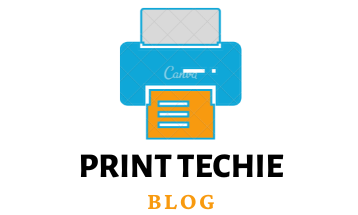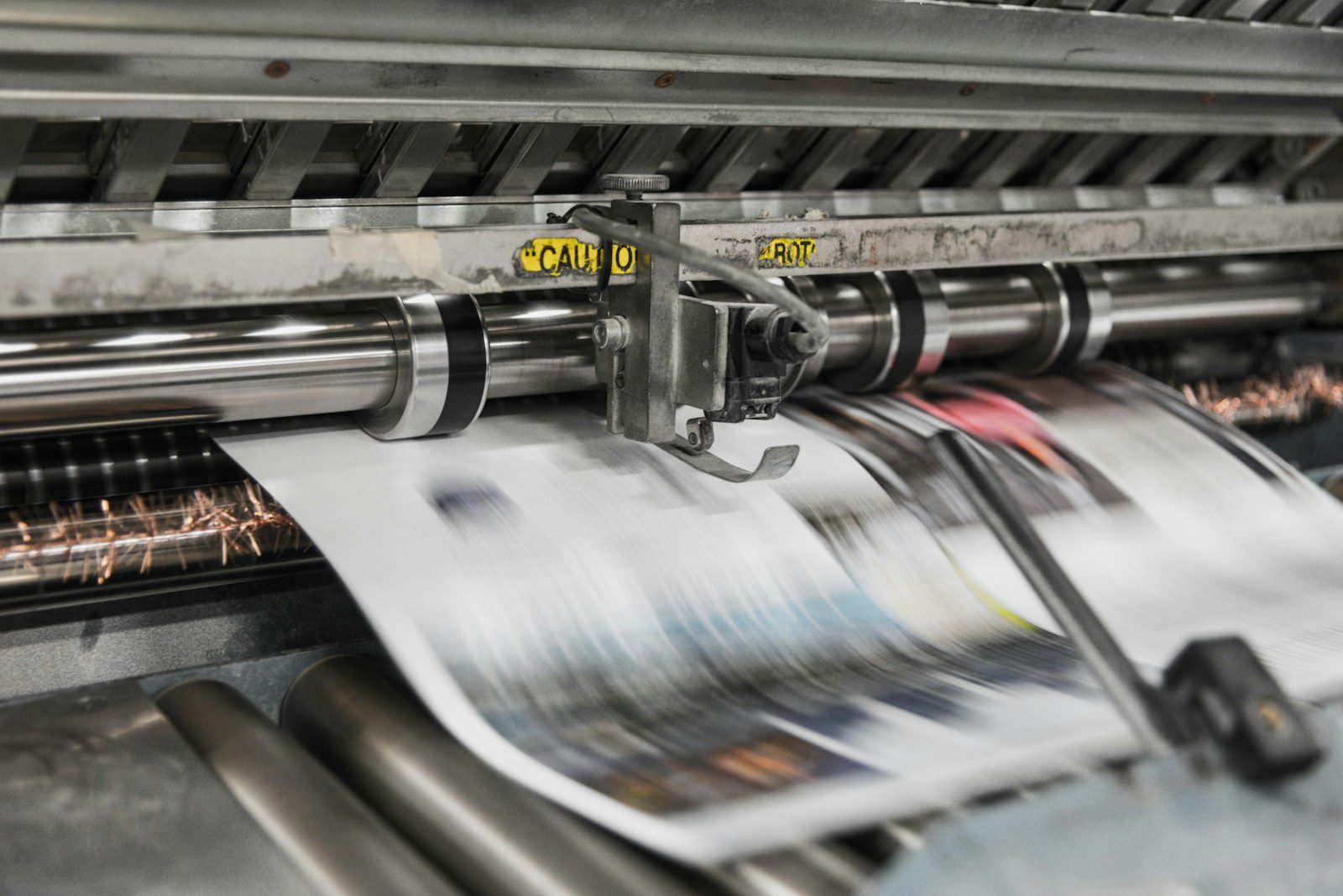Sublimation paper is an essential component of the sublimation transfer printing process. One of the key factors in achieving high-quality sublimation prints is the use of specialized sublimation paper. The weight of the sublimation paper, measured in grams, can impact the outcome of the print. If you’re looking for the right sublimation paper weight for your project, deciding with so many options can be confusing. However, there are some common weights used that may help guide you in making a selection. This article will discuss the differences between 120g vs 125g sublimation paper, so you can decide when selecting the best weight for your project.
120g vs 125g sublimation paper Comparison in Detail
What is a sublimation paper?

Sublimation paper is an important part of the sublimation printing process. It helps to produce accurate and vibrant prints. The paper has a special coating that helps the ink transfer from the paper onto the substrate during the sublimation process. Sublimation paper is ideal for people who want to transfer their designs onto materials such as fabric, ceramics, and metal. The paper comes in different weights and sizes, using sublimation ink and a heat press machine.
Weight Matters in Sublimation Paper:
You can quickly measure the thickness of a sheet of paper by looking at its grams per square meter. The more massive it is, the heavier and thicker your paper will be. With sublimation paper, a 120g sheet will be thinner than a 125g sheet. That doesn’t mean that one weight is necessarily better than another; it just means that they have different properties and uses.
Using 120g Paper:
A 120g piece of sublimation paper is ideal for light colored fabrics such as T-shirts or polo shirts because it can transfer more ink onto the fabric without saturating it. It also works well on dark-coloured fabrics, although in those cases, you may need to use a second layer of heat transfer vinyl (HTV) to ensure that all areas are covered adequately. Moreover, since it is lighter than 125g paper, printing time significantly reduces and consumes less ink—effectively making it a budget-friendly choice.
Using 125g Paper:
On the other hand, if you’re looking for a thicker image layer or want to print on heavier fabrics like sweatshirts or hoodies, then you’ll want to use 125g sublimation paper instead. This type of paper has more density and will create a richer image with bolder colours. It also takes longer to dry when printing because it contains more ink molecules, so it needs more time for the colours to fully set before transferring onto the fabric. This also guarantees that your images won’t fade or peel away easily with time —a huge perk for those who wish to have their designs last!
Differences between 120g vs 125g sublimation paper:
Here are some differences between 120g and 125g sublimation paper.
Paper thickness:
Paper thickness refers to the number of ink molecules embedded in the paper. 120g paper is thinner, which means it has fewer ink molecules and will print faster. 125g paper has more ink molecules, so it takes longer to dry after printing and creates a thicker layer on fabrics.
Paper weight:
The weight of the sublimation paper is an important thing to consider. 120g is lighter than 125g, so it will be easier to move around during printing. Additionally, its thinner size than 125g paper means it will print faster and use less ink, saving you money on supplies.
Ink absorption:
The type of paper you use can significantly affect ink absorption. 120g paper is better suited for light-coloured fabrics, as it can transfer more ink onto the fabric without saturating it. 125g paper is better for heavier fabrics, as it has more density and will create a richer image with bolder colors.
Compatibility with printer and ink:
Some printers and inks work better with one paper weight over the other. It’s important to check the manufacturer’s recommendations and test to determine which paper weight works best for your setup.
Cost:
120g paper is often cheaper than 125g paper because it weighs less and costs less. However, you should still compare prices before buying to ensure you’re getting the best deal.
Print durability:
Compared to 120g paper, 125g is far more reliable as it requires a longer drying period and provides a thicker layer onto fabrics. This guarantees that your prints won’t fade or peel off easily over time – an enormous plus for anyone who desires their designs to endure for years!
Factors to consider when deciding between 120g vs 125g sublimation paper:
Ink absorption:
Thicker papers (125g) may absorb more ink, resulting in higher print quality. However, this also means that the ink may take longer to dry, which can slow down the printing process.
Compatibility with printer and ink:
Some printers and inks work better with thicker papers, while others work better with thinner papers. It’s important to check the manufacturer’s recommendations and test to determine which paper weight works best for your setup.
Cost:
Thicker papers (125g) may be more expensive than thinner papers (120g). This is something to consider if you print large volumes of sublimation transfers.
Print durability:
Thicker papers (125g) may be more durable and less likely to tear or wrinkle during the transfer process. This is especially important if you create items that will be used or worn regularly.
FAQs:
Is 120g or 125g sublimation paper better?
It depends on what you’re looking to print. If you need to print detailed designs onto light fabrics like T-shirts or polo shirts, then 120g sublimation paper is probably the better option. If you’re looking for sharper and more vibrant prints on heavier fabrics like sweatshirts or hoodies, then 125g paper is likely to be a better choice.
Is 120g or 125g sublimation paper cheaper?
In many cases, 120g sublimation paper is cheaper than 125g. This is because it is lighter and costs less to make. However, the cost of the paper can vary depending on the brand and quality.
Is it easy to handle 120g or 125g sublimation paper?
When choosing between 125g and 120g sublimation paper, people usually prefer the 120g because it’s lighter and easier to manoeuvre. However, this kind of paper is more likely to curl or wrinkle.
Will different types of sublimation paper affect the print quality?
Different types of sublimation paper can affect the overall print quality and colour vibrancy. 125g sublimation paper may produce slightly sharper and more vibrant prints due to its higher weight and density. That said, the exact difference in print quality will vary depending on the specific brand and quality of the paper.
How do I store and care for sublimation paper?
It is very important to store and take care of your sublimation paper correctly if you want to guarantee that your prints will look their best. Keep your paper in a cool place that is not exposed to any sunlight or other heat sources; this will help ensure that you get the best results possible every time you print something.
Finding the right sublimation paper for your printing needs is essential to creating high-quality prints with vibrant colors. In many cases, 120g sublimation paper is the preferred option due to its lighter weight and increased maneuverability; however, 125g paper may be better suited for printing detailed designs onto heavier fabrics. Understanding the differences between these two paperweights is important and considering your printer and ink compatibility before deciding which one to use. When stored and handled appropriately, sublimation paper can generate professional-grade prints that will surely leave a lasting impression.
References:

